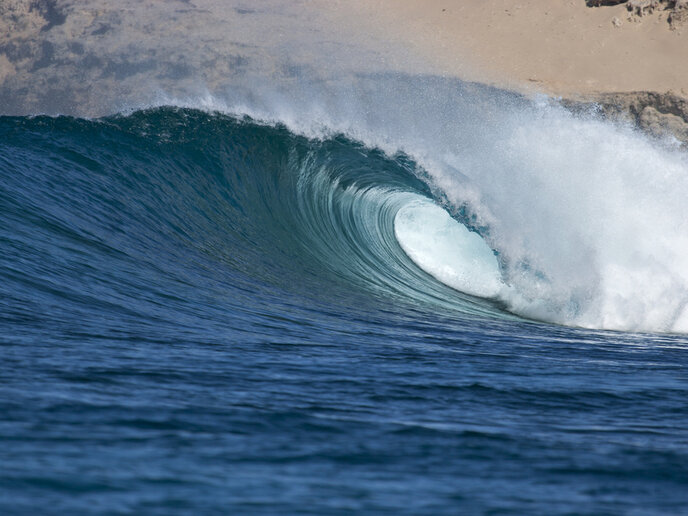The world’s most powerful tidal turbine has taken the next step towards deployment in the Orkney Islands, an archipelago off the northeastern coast of Scotland and home to some of the strongest tidal currents across the globe. Constructed by Scottish engineering company Orbital Marine Power, the so-calledNO2 will ultimately be connected to the local electricity grid to help provide clean and sustainable energy to the communities of Orkney.
TheNO2 was developed and constructed with partial support from the EU-funded FloTEC and OCEANERA-NET COFUND projects. With its construction completed, the turbine was launched from the Port of Dundee on 22 April 2021 and arrived in Orkney waters 2 days later. TheNO2 was towed to Orkney by the C-Force, a 27.7-m multicat vessel belonging to Orbital’s project supplier Leask Marine.
The turbine is being temporarily moored at Deer Sound, a bay on the east coast of Orkney’s Mainland island. It will undergo commissioning while there. It will then be anchored at the Fall of Warness grid-connected tidal test site leased by FloTEC project partner The European Marine Energy Centre Ltd (EMEC) until 2040. Situated off the northern Orkney island of Eday, EMEC’s test site boasts tidal speeds of up to 4 m per second (about 8 knots).
Turbine design
TheNO2‘s hull structure is 74 m long and weighs 680 t. Two 1 MW power-generating nacelles are installed at the end of retractable leg structures designed to provide low-cost access to all main parts of the turbine for ongoing maintenance. Ten-meter blades give the turbine over 600 m2 of the swept area to capture flowing tidal energy. When theNO2 is installed at the EMEC site, a four-point mooring system will be used to anchor the floating structure to the seabed with mooring chains. The electricity generated will be transferred from the turbine to the seabed via a dynamic cable, and then along the seabed to the local onshore electricity network via a static cable. Once connected to the local electricity grid at EMEC, the 2 MW tidal turbine will be able to generate enough electricity to power about 2 000 homes and offset around 2 200 t of CO2 production per year.
Protection for the turbine against corrosion and biofouling is provided by Orbital’s project supplier Hempel. “We’re proud to be playing a part in the development of theNO2, a groundbreaking project with the potential to help make tidal energy a viable source of energy in the UK and overseas,” observed Hempel Managing Director Nick Frowen in a press release posted on the company’s website. Hempel supplied high-performance anti-corrosion coatings for the turbine structure as well as coatings to protect theNO2‘s rotor blades against biofouling from algae and barnacles.

